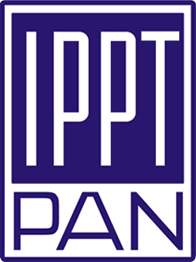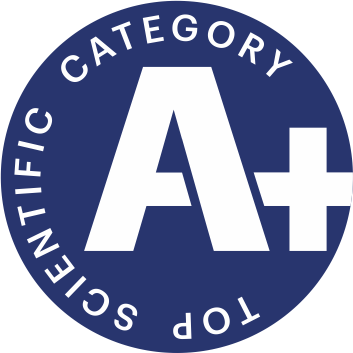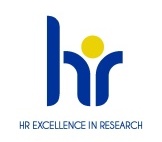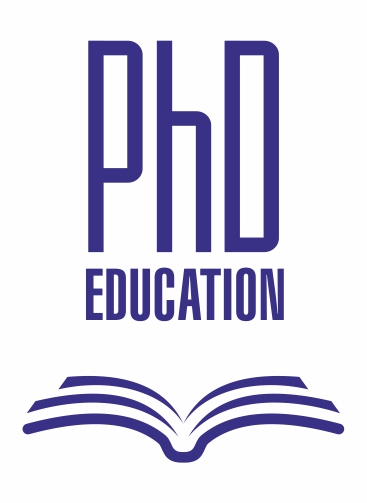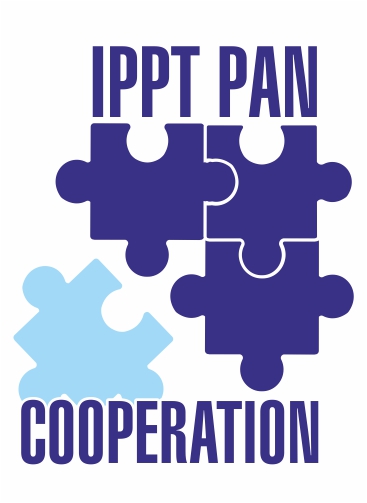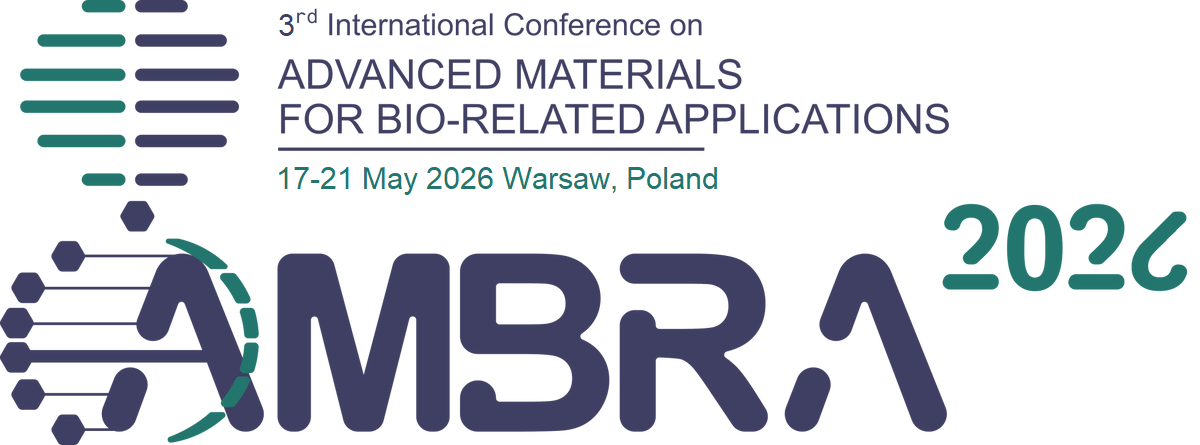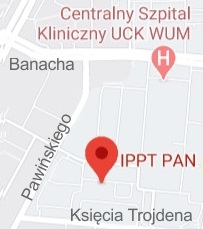| 1. |
Khaliq T.♦, Sohail M.♦, Minhas Muhammad U.♦, Shah S. A.♦, Jabeen N.♦, Khan S.♦, Hussain Z.♦, Mahmood A.♦, Kousar M.♦, Rashid H.♦, Self-crosslinked chitosan/κ-carrageenan-based biomimetic membranes to combat diabetic burn wound infections,
International Journal of Biological Macromolecules, ISSN: 0141-8130, DOI: 10.1016/j.ijbiomac.2021.12.100, Vol.197, pp.157-168, 2022 Abstract:
Diabetic wound infection often leads to compromised healing with frequent chances of sepsis, amputation and even death. Traditional patient care emphasized on early debridement and fluid resuscitation followed by intravenous antibiotics therapy. However, compromised vasculature often limit the systemic effect of antibiotics. Current study focused formulation of chitosan HCl, κ- carrageenan and PVA based physical cross-linked hydrogel membrane dressings loaded with cefotaxime sodium (CTX), for potential diabetic burn wound healing by adopting solvent casting method. Results of mechanical strength shows tensile strength and % elongation of 12.63 0.25 and 48 respectively. Water vapor transmission rate (WVTR) depicts that despite of formulation KCP3 and KCP6, all hydrogel membranes have WVTR value in range of ideal dressing i.e., 2000–2500 g/m2/day. Whereas, all hydrogel membranes have oxygen permibility values more than 8.2 mg/ml. Bacterial penetration analysis confirms the barrier property of formulated membranes. Drug loaded hydrogel membrane showed control release up to 24 hr which provide protection against bacterial proliferation. Present study aims to constructs diabetic burn rat model which demonstrate that CTX loaded hydrogel membrane shown significantly rapid wound closure higher re-epithelization and numerous granulation tissue formation as compared to positive and negative control group. Conclusively, it is confirmed that formulated hydrogel membranes are beneficial and can be considered as a promising membrane dressing to treat diabetic burn wound. Keywords:
Biomimetic membranes,Biopolymer,PVA,Diabetic wound,Wound healing Ceftriaxone Affiliations:
| Khaliq T. | - | other affiliation | | Sohail M. | - | other affiliation | | Minhas Muhammad U. | - | other affiliation | | Shah S. A. | - | other affiliation | | Jabeen N. | - | other affiliation | | Khan S. | - | other affiliation | | Hussain Z. | - | other affiliation | | Mahmood A. | - | other affiliation | | Kousar M. | - | other affiliation | | Rashid H. | - | other affiliation |
|  |
| 2. |
Khaliq T.♦, Sohail M.♦, Shah S. A.♦, Mahmood A.♦, Kousar M.♦, Jabeen N.♦, Bioactive and multifunctional keratin-pullulan based hydrogel membranes facilitate re-epithelization in diabetic model,
International Journal of Biological Macromolecules, ISSN: 0141-8130, DOI: 10.1016/j.ijbiomac.2022.04.156, Vol.209, Part B, pp.1826-1836, 2022 Abstract:
Hydrogel membrane dressings with multifunctional tunable properties encompassing biocompatibility, anti-bacterial, oxygen permeability, and adequate mechanical strength are highly preferred for wound healing. The present study aimed to develop biopolymer-based hydrogel membranes for the controlled release of therapeutic agent at the wound site. Toward this end we developed Cefotaxime sodium (CTX) loaded keratin (KR)-pullulan (PL) based hydrogel membrane dressings. All membranes show optimized vapor transmission rate (≥1000 g/ m2/day), oxygen permeability >8.2 mg/mL, MTT confirmed good biocompatibility and sufficient tensile strength (17.53 ± 1.9) for being used as a wound dressing. Nonetheless, KR-PL-PVA membranes show controlled CTX release due to enriched hydrophilic moieties which protect the wound from getting infected. In vivo results depict that CTX-KR-PL-PVA membrane group shows a rapid wound closure rate (p < 0.05) with appreciable angiogenesis, accelerated re-epithelization, and excessive collagen deposition at the wound site. These results endorsed that CTX-KR-PL-PVA hydrogel membranes are potential candidates for being used as dressing material in the diabetic wound. Keywords:
Hydrogel membranes,Keratin,Diabetic wound,Wound healing,Ceftriaxone sodium Affiliations:
| Khaliq T. | - | other affiliation | | Sohail M. | - | other affiliation | | Shah S. A. | - | other affiliation | | Mahmood A. | - | other affiliation | | Kousar M. | - | other affiliation | | Jabeen N. | - | other affiliation |
|  |
| 3. |
Jabeen N.♦, Sohail M.♦, Shah S. A.♦, Mahmood A.♦, Khan S.♦, Kashif Mehboob R.♦, Khaliq T.♦, Silymarin nanocrystals-laden chondroitin sulphate-based thermoreversible hydrogels; A promising approach for bioavailability enhancement,
International Journal of Biological Macromolecules, ISSN: 0141-8130, DOI: 10.1016/j.ijbiomac.2022.07.114, Vol.218, pp.456-472, 2022 Abstract:
Hydrogels has gained tremendous interest as a controlled release drug delivery. However, currently it is a big challenge to attain high drug-loading as well as stable and sustained release of hydrophobic drugs. The poor aqueous solubility and low bioavailability of many drugs have driven the need for research in new formulations. This manuscript hypothesized that incorporation of nanocrystals of hydrophobic drug, such as silymarin into thermoreversible hydrogel could be a solution to these problems. Herein, we prepared nanocrystals of silymarin by antisolvent precipitation technique and characterized for morphology, particle size, polydispersity index (PDI) and zeta potential. Moreover, physical cross-linking of hydrogel formulations based on chondroitin sulphate (CS), kappa-Carrageenan (κ-Cr) and Pluronic® F127 was confirmed by Fourier transformed infrared spectroscopy (FT-IR). The hydrogel gelation time and temperature of optimized hydrogel was 14 ± 3.2 s and 34 ± 0.6 °C, respectively. The release data revealed controlled release of silymarin up to 48 h and in-vivo pharmacokinetic profiling was done in rabbits and further analyzed by high-performance liquid chromatography (HPLC). It is believed that the nanocrystals loaded thermoreversible injectable hydrogel system fabricated in this study provides high drug loading as well as controlled and stable release of hydrophobic drug for extended period. Keywords:
Silymarin,Nanocrystals,Thermoreversible hydrogel,Drug delivery,Bioavailability Affiliations:
| Jabeen N. | - | other affiliation | | Sohail M. | - | other affiliation | | Shah S. A. | - | other affiliation | | Mahmood A. | - | other affiliation | | Khan S. | - | other affiliation | | Kashif Mehboob R. | - | other affiliation | | Khaliq T. | - | other affiliation |
|  |



